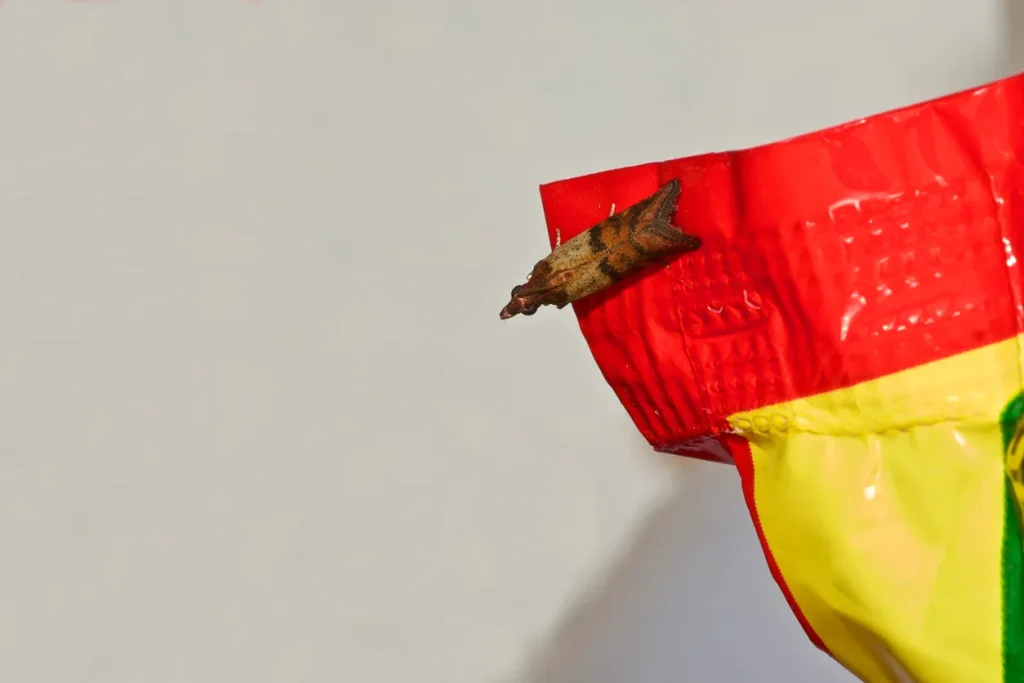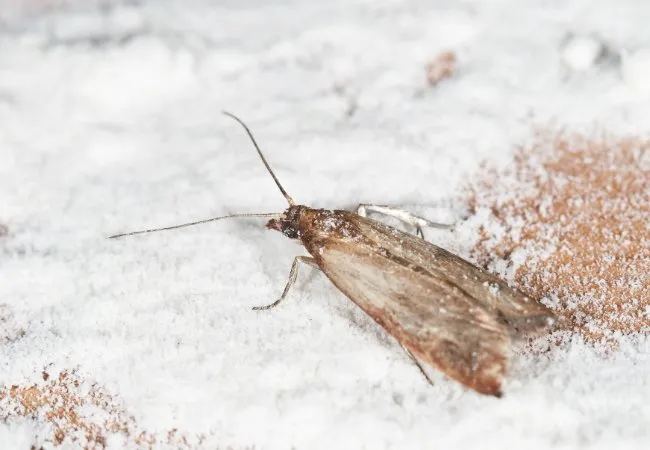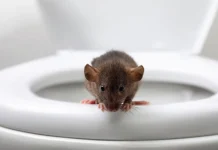Imagine opening your pantry to find delicate moths fluttering around, threatening to turn your carefully stored food into a feast for their voracious larvae. Pantry moths, also known as Indian meal moths, are stealthy invaders that can quickly decimate your dry food supply if left unchecked. However, fear not! In this extensive guide, we will delve deep into the realm of pantry moth infestations, exploring their habits, identifying signs of their presence, implementing effective eradication methods, and establishing long-term prevention strategies. With this knowledge at your disposal, you’ll be equipped to safeguard your kitchen and keep pantry moths at bay for good.
Understanding Pantry Moths:
Pantry moths, scientifically referred to as Plodia interpunctella, are resilient insects commonly introduced into homes through grain products purchased from grocery stores. These pests, akin to their closet-dwelling cousins, are attracted to a smorgasbord of dried goods including grains, spices, pasta, and dried fruits. The life cycle of a pantry moth commences when females deposit their eggs on or near food or packaging. From these eggs hatch ravenous larvae, which embark on a feeding frenzy, causing extensive damage and contamination to stored food items.
Identifying a Pantry Moth Infestation:

Early detection is crucial in combating pantry moth infestations. Keep a keen eye out for adult moths sporting distinctive copper-red and dirty white wings fluttering around your kitchen or pantry. Conduct thorough inspections of dry goods for telltale signs such as larvae, pupal cases, webbing, and small perforations in packaging. Larvae, often found traversing surfaces or nestled within infested products, leave behind characteristic webbing and frass—chewed food particles resembling grains of sand.
Getting Rid of Pantry Moths:

Act swiftly and decisively to eradicate pantry moths and thwart further infestation. Initiate the cleansing process by completely emptying the affected area and meticulously inspecting all pantry contents for signs of infestation. Dispose of any compromised packaging and embark on a rigorous cleaning regimen using a vacuum and vinegar-water solution. Extend your efforts to mopping the floor with the same solution, refraining from restocking the pantry immediately to prevent reinfestation.
Preventing Future Infestations:

After successfully vanquishing pantry moths from your kitchen, fortify your defenses to prevent their resurgence. Shield dry goods within airtight containers, depriving moths of access to potential food sources. Consider employing natural repellents such as peppermint, bay leaves, mint, or cedar chips to deter moths from infiltrating your pantry. Maintain a vigilant stance, conducting regular inspections of cabinets and pantry shelves, and exercise caution when procuring new food items to avoid inadvertently introducing infested products into your home.
Conclusion:
Banishing pantry moths from your kitchen may seem like a daunting task, but armed with knowledge and perseverance, you can reclaim your culinary domain and ensure a pest-free environment for your stored food items. By diligently following the comprehensive steps outlined in this guide, you can effectively eradicate pantry moths, implement robust prevention measures, and enjoy the peace of mind that comes with a moth-free kitchen. Remember, vigilance is key—by staying proactive and maintaining proper storage and sanitation practices, you can safeguard your pantry against future incursions and savor the delights of a pest-free culinary haven indefinitely.
image source : bob vila










